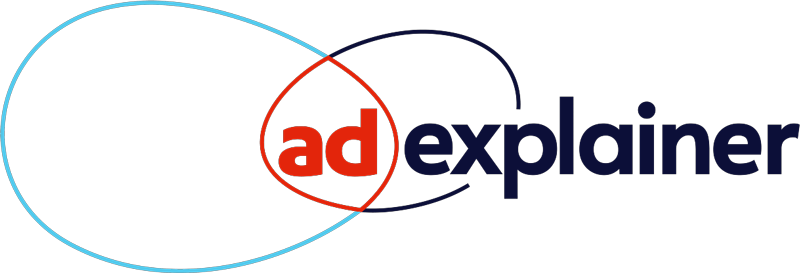Welcome to our new series, AdExplainer, where we offer the definitive take on advertising’s most puzzling topics, foundational acronyms and emerging trends.
Even though connected TV (CTV) has been a buzzword for years, the fate of its definition was only decided last year by the Media Rating Council (MRC).
CTV is nonlinear video delivered onto a TV screen, including via streaming devices, smart TVs and gaming consoles. But if you’re watching Hulu on your phone or laptop, that’s over-the-top (OTT).
All CTV is a form of OTT. The broader category of OTT includes video viewing on computers and mobile devices.
“Brands are looking to reach consumers in their living rooms,” said Steven Golus, digital marketing trainer and consultant. CTV means a living room experience, often with co-viewing. OTT viewing is more likely to be individual on a phone, tablet or laptop.
Advertising on TV – and especially CTV – tends to be much heavier on the wallet than digital spend, Golus said, which is another incentive for advertisers and publishers alike to understand the difference.
The difference between devices goes beyond just the viewing experience and cost.
Measurement is a key reason why OTT and CTV need separate definitions, MRC VP of Digital Research and Standards Ron Pinelli told AdExchanger.
The delivery and display mechanisms of mobile, tablet and desktop devices – and how they’re tracked and measured – differ too much from the big screen to go by the same measurement script.
In short, to get measurement right, the MRC turned OTT into a “content definition” whereas CTV is the more specific “device definition” – it’s the TV itself that introduces the very measurement distinctions the MRC is trying to define, Pinelli said.
The backstory of CTV and OTT
OTT always meant over-the-top TV – but according to Pinelli, that’s not how advertisers were using the term.
Instead, media buyers have been referring to any streaming platform buy that’s distinct from digital-native or linear channels as OTT, a mushy category that spanned every single type of device, from living room TVs to phones.
Until last summer, the MRC’s definition agreed with those media buyers. It referred to any premium video delivered outside or “over” the set-top box, including streaming TV, as over-the-top (OTT).
For example, streaming Hulu through a phone or accessing the app on a smart TV would both be grouped together as OTT, rather than distinguishing the latter as CTV.
As CTV became increasingly associated solely with streaming TV, it made sense to change the categorization based on device. The MRC officially changed the definition in August 2021.
Instead of using OTT as a catch-all for nontraditional TV, the MRC “repurposed” that definition for CTV and “relegated OTT to a reporting definition,” Pinelli said.
The bottom line comes down to measurement: “You can measure [TV] on a mobile phone or [other] device the same way you would any digital video – but you can’t do that with CTV,” he said.
Viewability and attribution differences in OTT and CTV
There’s another can of worms unique to CTV: viewability.
During a TV session, and especially during ad breaks, viewers might leave the room or divert their attention to another device. TV ads frequently play to an empty room or run while the TV is off. It’s exactly why CTV advertisers need to care more about engagement and attention-based metrics than their digital counterparts.
OTT viewing on a mobile device or computer uses viewability pixels that gauge how long an ad is in view while someone scrolls down a page.
Attribution is also more challenging in CTV environments than it is for OTT ones.
CTV attribution requires a lot more strategic effort than other OTT environments, where conversions can be tracked by the click of a button, said John Hamilton, CEO of performance-marketing platform TVDataNow.
Business outcomes like page visits, sign-ups and purchases driven by an ad on TV almost always take place on another device, particularly a phone or a laptop. The days of direct outcome conversions through a CTV device are still very much in their early stages, Hamilton said.
CTV attribution requires piecing together multiple disparate signals to link up a conversion to an ad exposure, such as online search, app downloads and transactions. Attribution models use last-click or multi-touch approaches that involve a combination of signals with an IP address and/or a device ID.
All those layers considered, can CTV attribution ever catch up to OTT? According to the MRC’s Pinelli, it’s more a matter of the two “meeting in the middle,” because the granularity of digital advertising is giving way to contextual and cohort-based plays as a result of privacy restrictions around browser and ID tracking.
Even so, because CTV largely lacks deterministic signal beyond the household level, measuring and attributing it by the same rulebook as individual OTT devices consistently undervalues CTV and “does it a disservice” by “slowing down the flow of performance-driven ad dollars coming to CTV,” Hamilton said.
It’s exactly why the TV industry is trying so hard to standardize a system of “currencies” to establish metrics for “audience household uniqueness” that can stand the test of time. You can bet that no one’s talking about “OTT currency.”
















